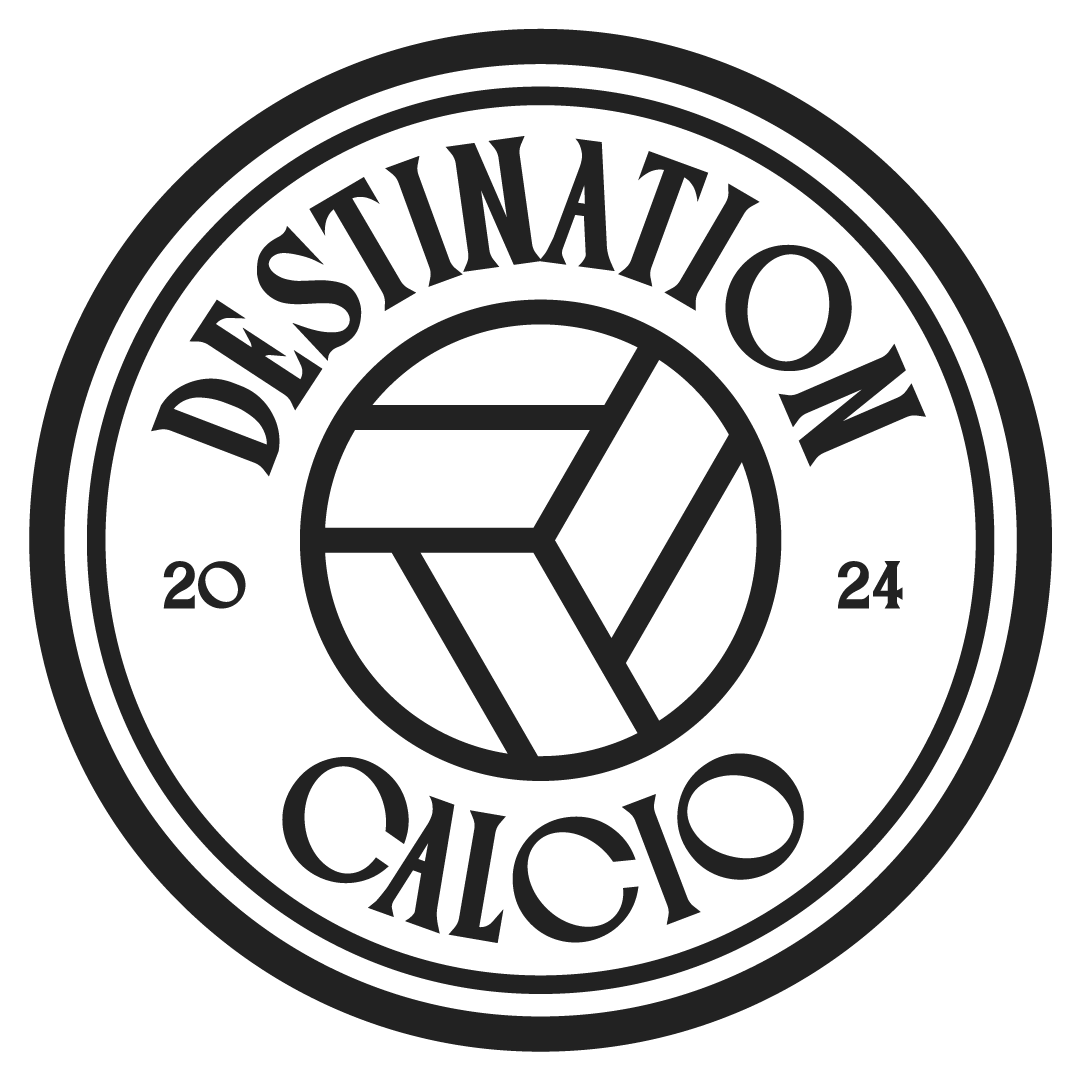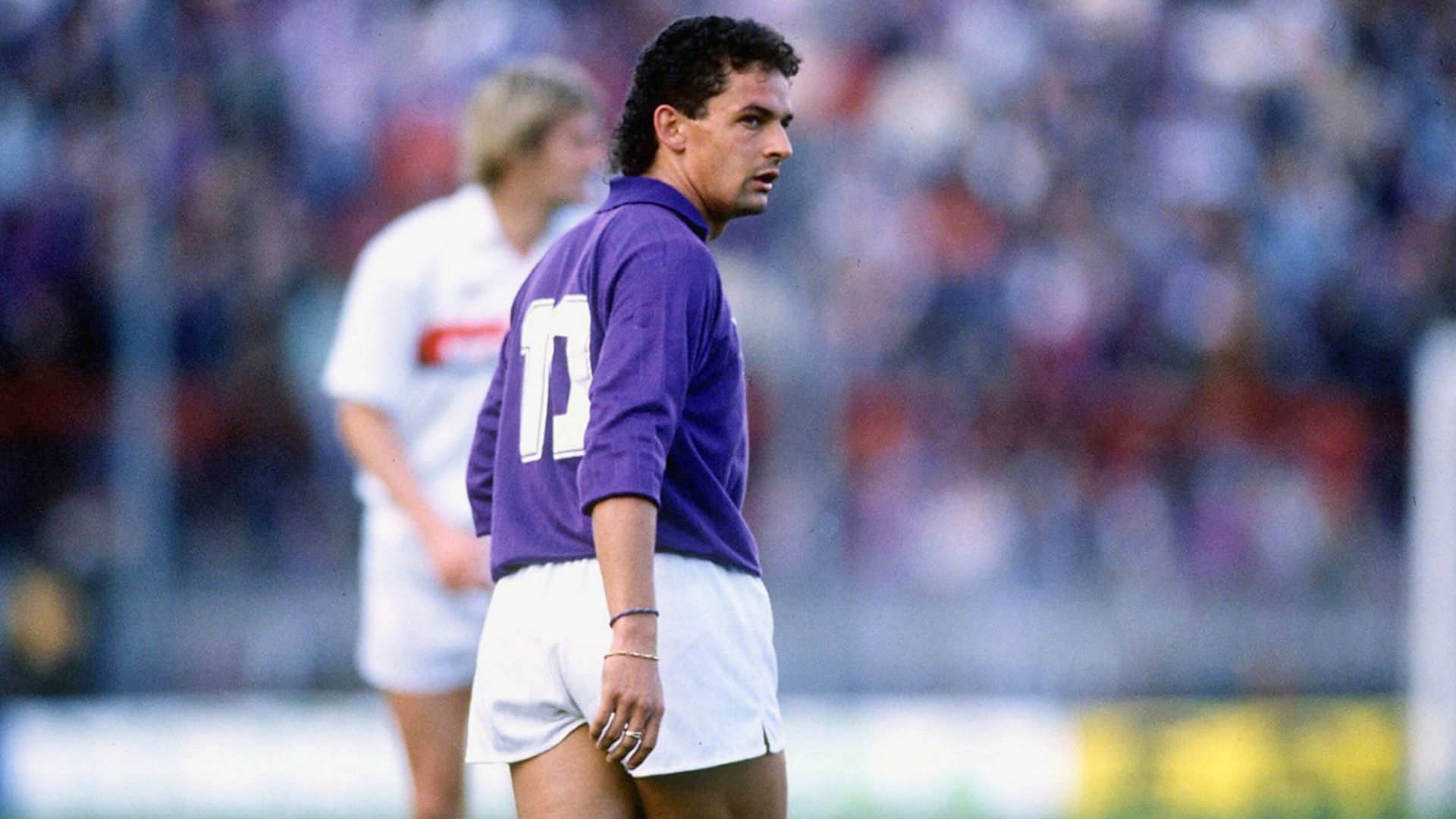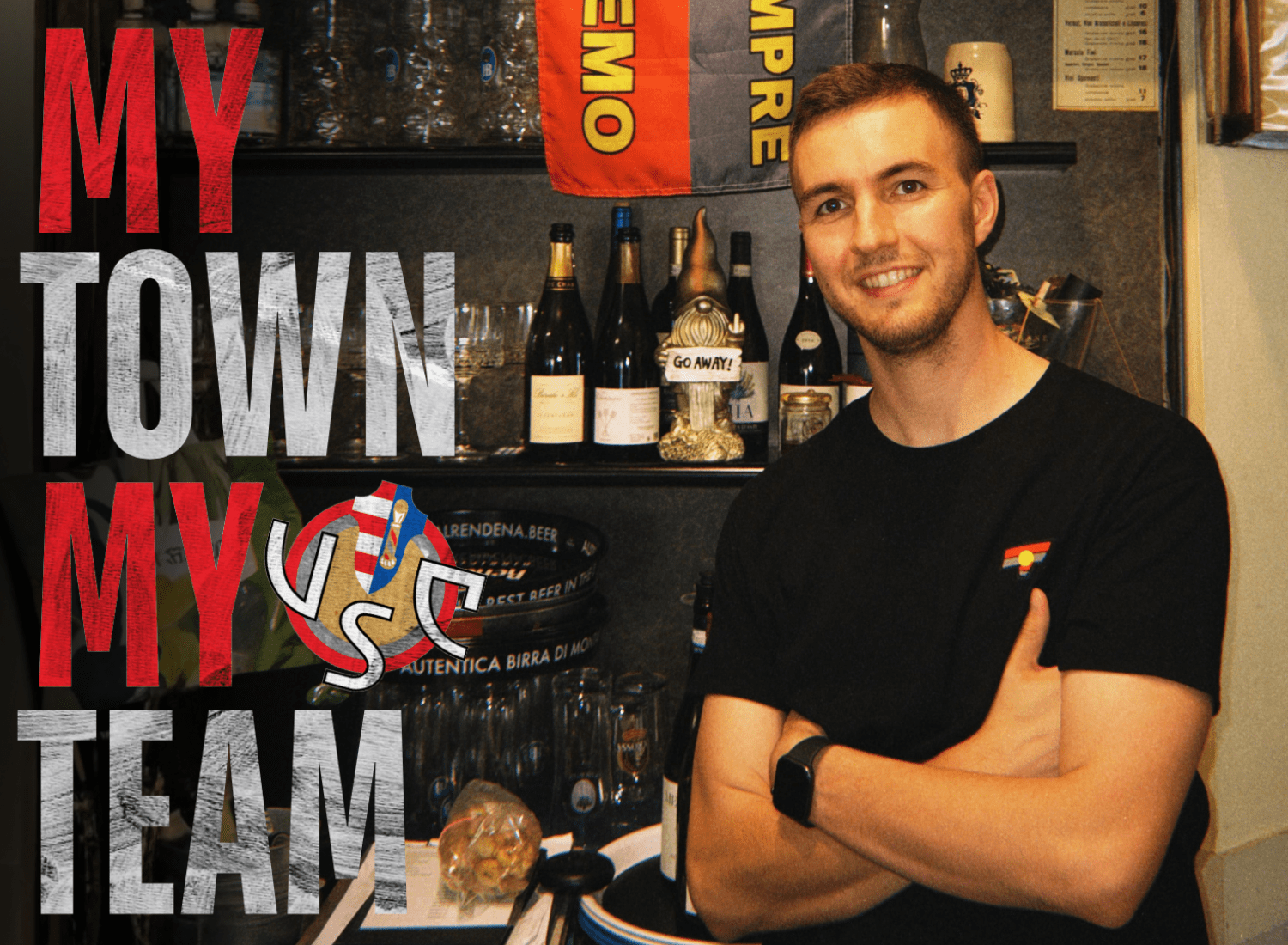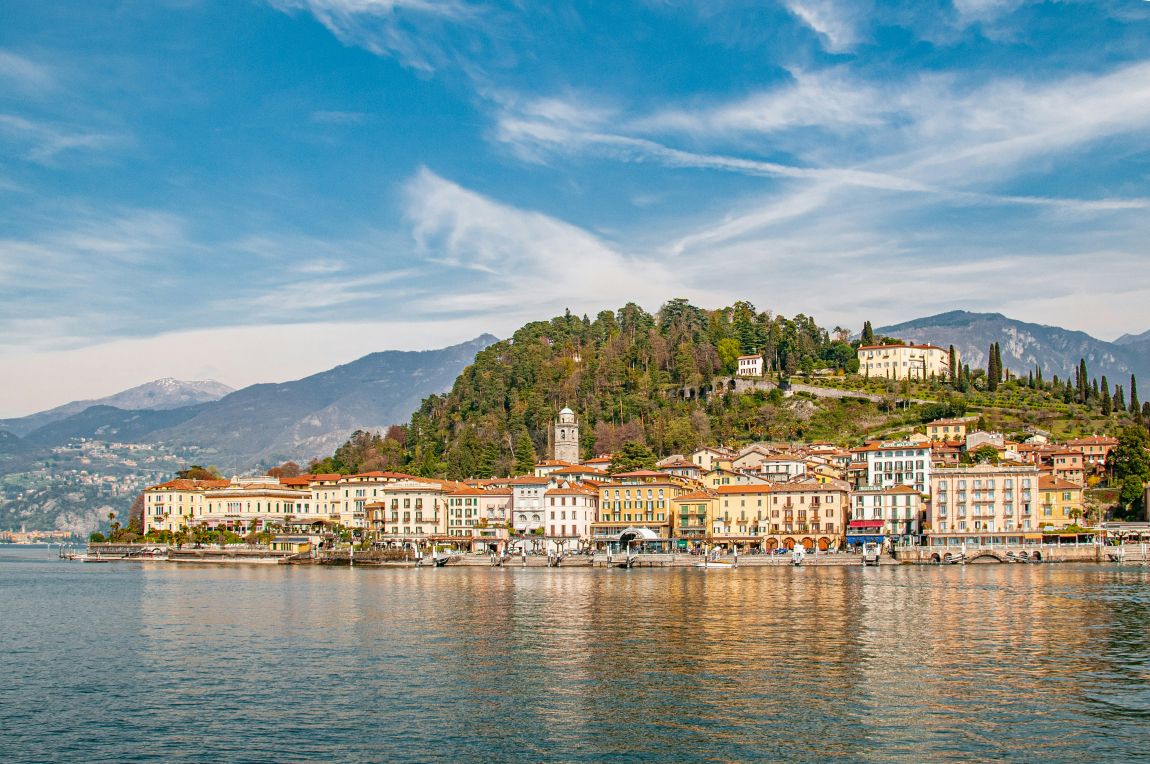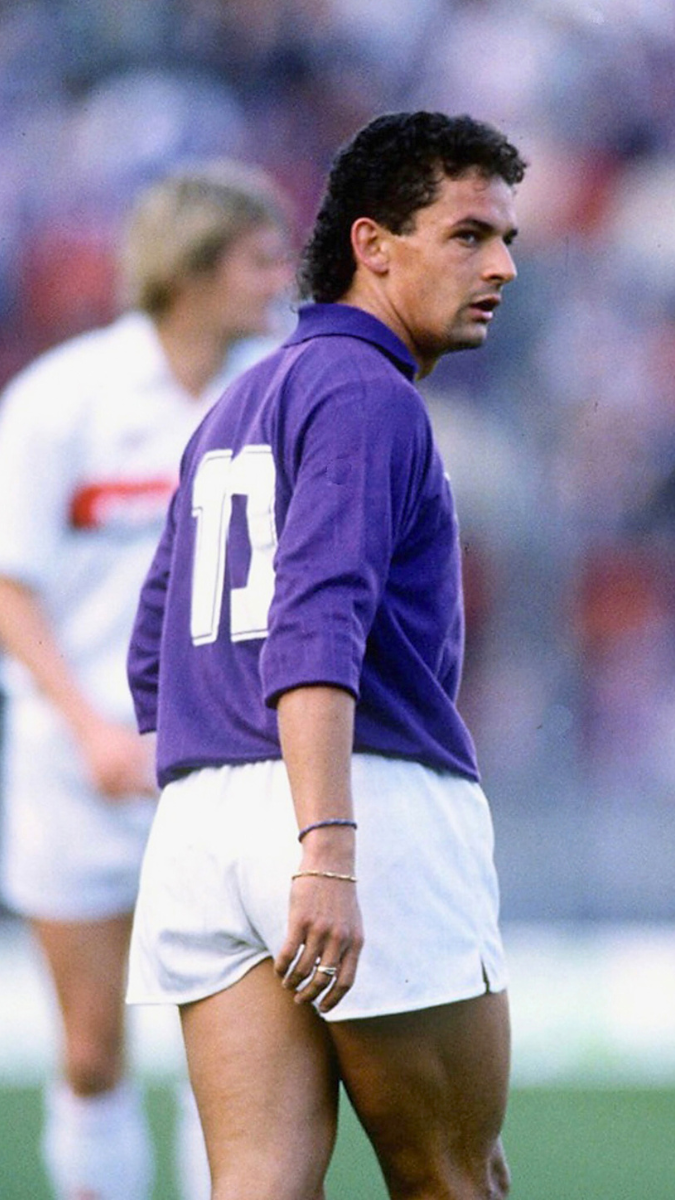
Fiorentina, Juventus and the Rivalry Inflamed by Calcio’s Most Controversial Transfer
By Emmet Gates
For a span of 10 years, Serie A sides dominated the UEFA Cup like no nation had done before, or since.
From 1989 to 1999 there were four all-Italian finals, and the only year that didn’t feature at least one team from Italy was 1996.
Serie A won the trophy eight times, while Torino heartbreakingly lost to Ajax on away goals in 1992 and Inter lost on penalties to Schalke five years later.
Such was Serie A’s dominance of the competition it might as well have been dubbed the ‘Coppa Italia II’. Yet no final within the decade was more controversial than the 1990 showpiece, featuring Fiorentina and Juventus.
The rivalry between the teams is well known to those familiar with their calcio history. The hatred, more one-sided in truth, began in earnest in 1982.
Fiorentina and Juve were slugging it out for the Scudetto. Fiorentina, built around the mercurial talents of attacking midfielder Giancarlo Antognoni, were pushing for a first Scudetto since 1969.
Juve, meanwhile, were pushing for a first title since, well, the year before. The Old Lady were the reigning champions and, in Liam Brady, had one of the best foreign talents in the league.
Brady was backed by many of the players who would go on to win the 1982 World Cup in Spain just a few months later. The likes of Marco Tardelli, Claudio Gentile, Antonio Cabrini, Dino Zoff and Paolo Rossi would all play huge roles in securing the Azzurri a third world crown.
But they’d also helped the Irishman flourish in Serie A.
On the final day of the season both clubs had 44 points. Fiorentina were away to Cagliari, while Juventus also travelled south, to face Catanzaro.
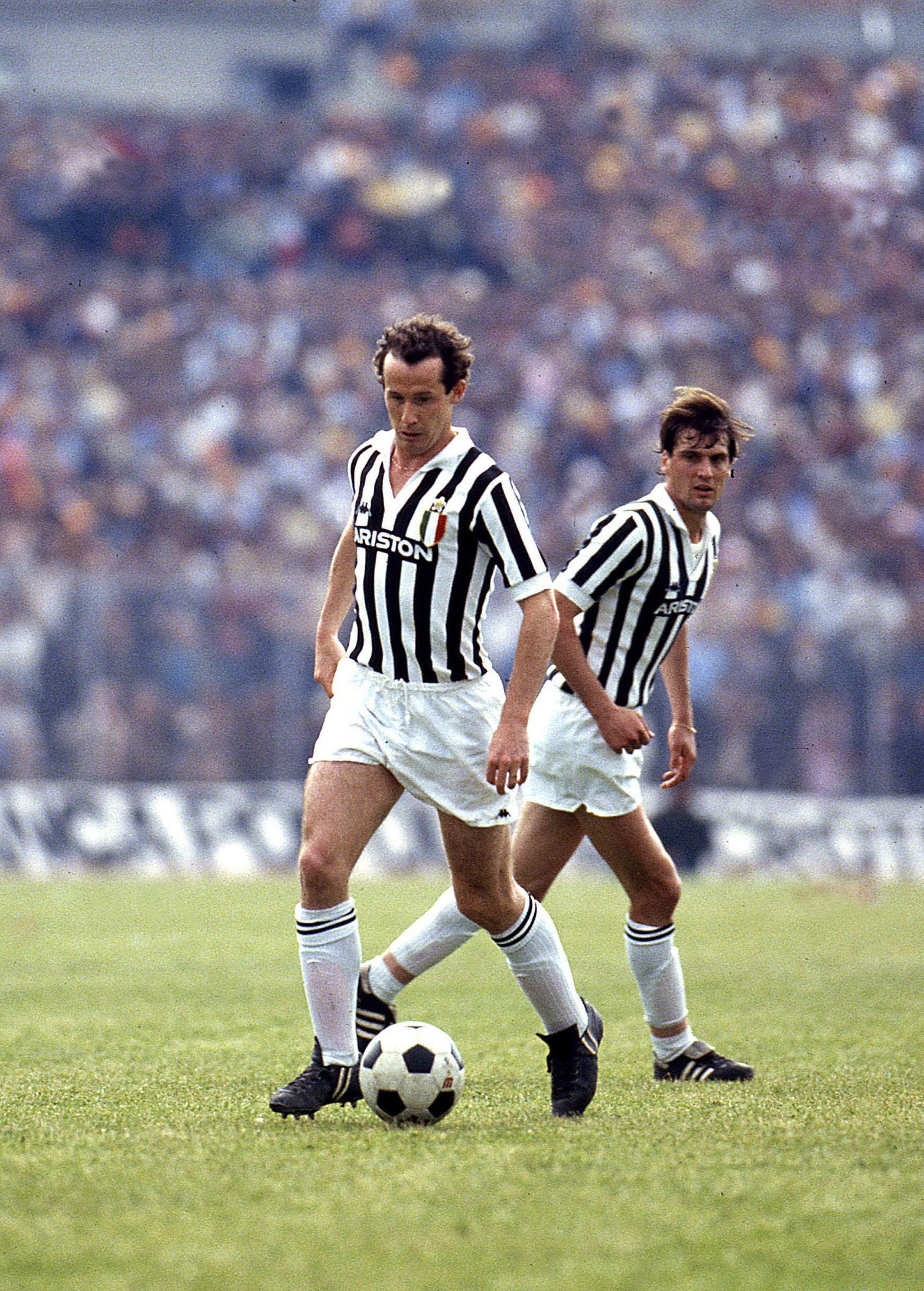
Fiorentina had a Francesco Graziani goal disallowed for reasons which even today some are unsure of. Juve, meanwhile were handed an extremely questionable penalty 15 minutes from time.
Brady, in an incredible show of professionalism, took the penalty knowing he was due to be sold in the coming weeks with the imminent arrivals of Michel Platini and Polish striker Zbigniew Boniek. Serie A had, at the time, a two-foreigner rule in place, and Brady was the odd man out.
Brady converted the kick, Juve held on in Calabria and won a 20th title. Cue months of controversy around the country.
Such was the vitriol that famed Italian film and stage director, Franco Zeffirelli, publicly insulted Juve president Giampiero Boniperti, who then sued for defamation and the case rumbled on for most of the 1980s.
Antognoni was incensed. “They have stolen the championship from us,” he raged in the days after the season ended. He would never get as close to a title again, retiring in 1989 after two years in Switzerland.
The rivalry then lay dormant for a few years before kicking into life at the turn of the new decade.
Italy had four teams in the UEFA Cup that season. In addition to the two finalists, Napoli and Atalanta also represented calcio.
Atalanta made a hasty exit, losing to Spartak Moscow in the first round. Napoli, the reigning champions, went two rounds further before being comprehensively demolished by Werder Bremen 8-3 on aggregate, including a 5-1 demolition in Germany. This left Juve and Fiorentina to fly the flag for Serie A.
La Viola, possessing a precocious and now fully fit youngster named Roberto Baggio, had the harder path to the final. Atletico Madrid, Sochaux, Dynamo Kyiv, Auxerre and Napoli’s conquerors Bremen were all vanquished.

Juve, now in a barren, post-Platini era, had a much easier route. Gornik Zabrze, Paris Saint-Germain, Karl-Marx Stadt, Hamburg and Koln were all swept aside.
The final, then still a two-legged affair, would prove to be where the controversy would reignite. And then some.
The games took place in May 1990 with the spectre of Italia ’90 looming, and word began to get out about a potential Baggio departure to, Juventus. But that was only half the controversy.
With Fiorentina’s Stadio Artemio Franchi undergoing renovation ahead of the World Cup, the team played its home matches at Perugia’s Stadio Renato Curi.
This had been the case since the first round of the competition. In the semi-final against Bremen, fan disturbance saw Fiorentina banned from playing home games at the Curi. UEFA, together with the FIGC, made the decision to play the second leg in Avellino, supposedly on neutral ground.
Avellino may be ‘neutral’ ground technically speaking, but southern Italy is a massive stronghold for The Old Lady, and the support was always going to be Bianconero at the expense of Viola.
Yet before that was the first leg in Turin. Played at the old Stadio Comunale, Juve struck in the third minute through Roberto Galia.
Fiorentina equalised seven minutes later, before old friend controversy reared its head once more.
Juve’s second arrived from Pierluigi Casiraghi 15 minutes into the second half. Yet the striker appeared to push Fiorentina defender Celeste Pin in the build-up to the goal, and Spanish referee Soriano Aladren failed to punish Casiraghi. The goal stood.
Fiorentina were, rightfully, furious. Casiraghi reportedly taunted Viola players after the incident, saying: “We are Juve, and you are not.”
Juve would add a third through Luigi De Agostini, but the sense of injustice was palpable, and more petrol would be added to the fire.
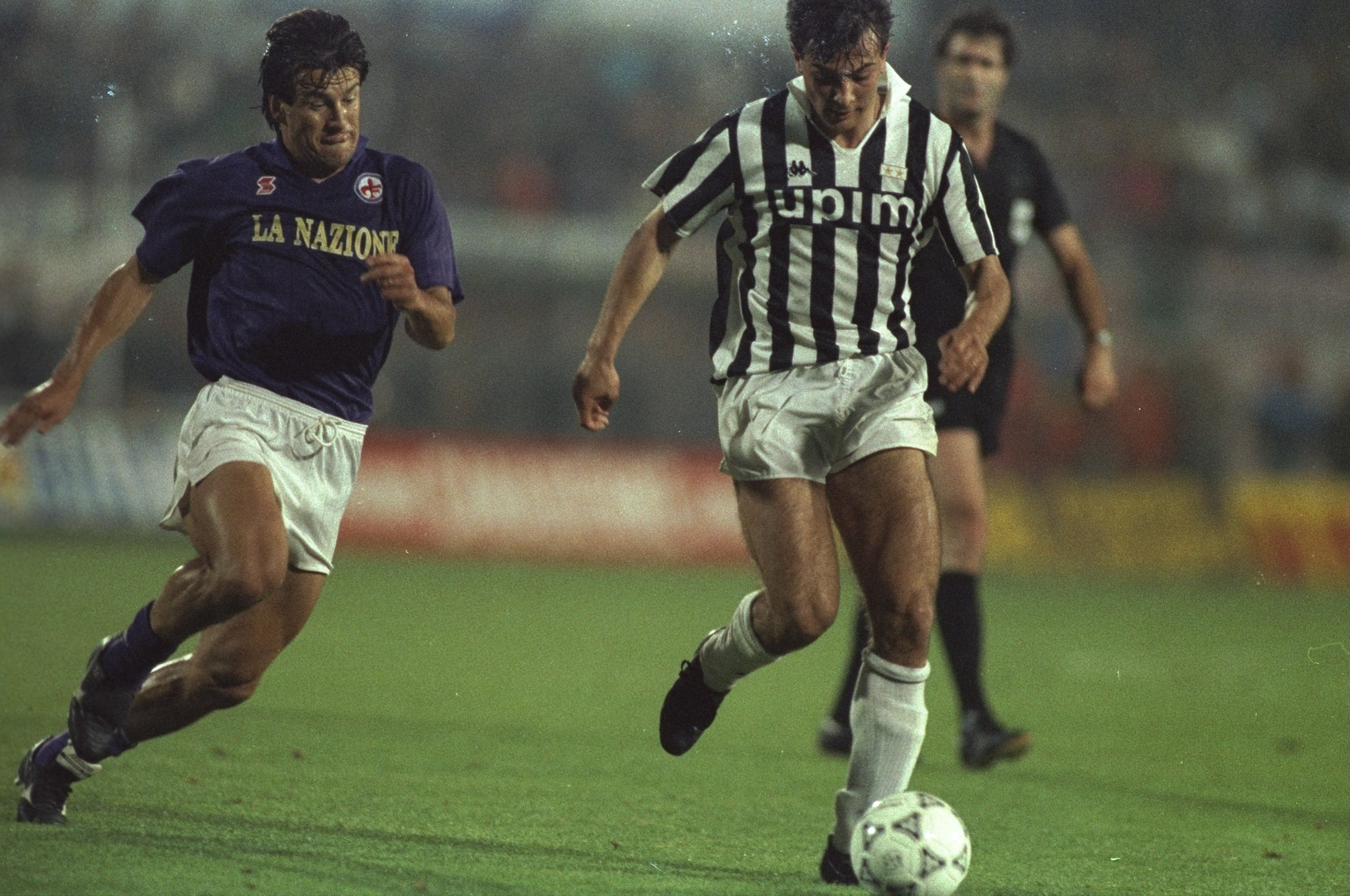
Two weeks later, 31,000 packed into the Stadio Partenio in Campania for the second leg. Fiorentina brought a lively number of fans who made the trek south, but were largely outnumbered by Juventini.
The game ended goalless, and the UEFA Cup was heading to Turin for a second time. Fiorentina, on the other hand, had the indignity of now being the first Italian side to lose a final in every major UEFA competition (and have since added to that with two UEFA Europa Conference League finals).
The 1990 games have since become known as the ‘sporca finale’ – the dirty final. A day later and Florence nearly burned to the ground.
Fiorentina president Flavio Pontello had made it known Baggio was on the market for months. His contract was expiring in June 1991 and the lack of a renewal meant the club had one more summer to auction him to the highest bidder.
In the earliest part of 1990, AC Milan, with money to burn from Silvio Berlusconi, and Juve were believed to be leading the race to sign Baggio.
Baggio’s then-agent, Antonio Caliendo, was leaning more towards the Rossoneri and had a handshake agreement with Adriano Galliani, he of the omni-present yellow tie.
However, Gianni Agnelli, Italy’s own James Bond, had made it known publicly he intended to bring Baggio to Juve in the weeks leading up to Christmas 1989.
The Agnelli dynasty’s connections to Pontello, whose business dealt with the building of motorways and the construction sector, meant Juve had an ace up their sleeve.
In March, Baggio declared he would reject Juve. Much to the delight of the 5,000 fans who wrote to him pleading for his stay.
Following the UEFA Cup final and with the World Cup now imminent, May 22nd was given as the deadline for any Italian players needing to complete a transfer. This was to ensure no distractions or rumours heading into the tournament, with Italy among the favourites to win it.
Baggio represented a deer in the headlights, caught between two giants of the Italian game battling fiercely for his signature. The Baggio affair went way beyond a humble and unassuming young boy who could play calcio: it was political, it was financial, it was — essentially — two Italian tycoons slugging it out, like heavyweight boxers.
Eventually, Berlusconi and Agnelli came to an understanding. Milan had won the European Cup back-to-back and won the Scudetto in 1988. Juve hadn’t got close since the dying days of the Platini era.
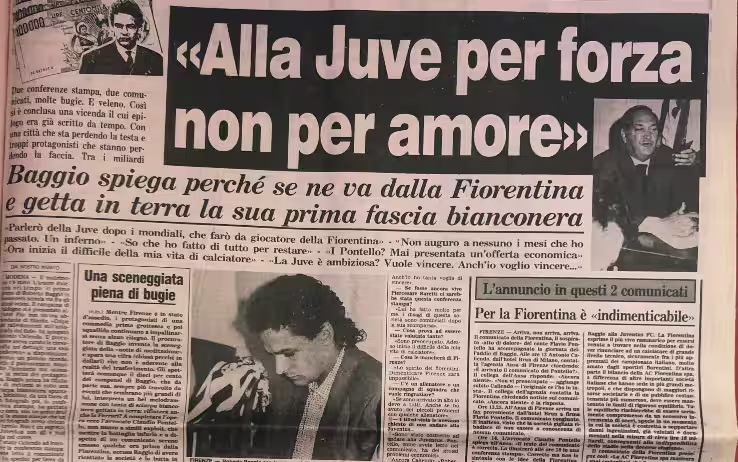
Agnelli asked Berlusconi to step aside and leave Baggio to Juve. The 23-year-old really had no say in his own future. The deal was officially completed on May 17, one day after the UEFA Cup final second leg.
The announcement was made that evening not by any of the clubs involved, but by Baggio’s agent. Cue complete chaos.
The sale of Baggio to Juve wasn’t so much adding salt on a fresh wound, but more akin to taking a chainsaw to amputate a leg. The rage felt by Viola fans across the city exploded.
Three days of riots ensued: Thirty people were arrested, 50 were injured (including police and Carabinieri), cars were burnt, windows smashed. Pontello had to take refuge in the Stadio Artemio Franchi and would by the end of the summer sell the club to filmmaker Mario Cecchi Gori, likely never to return to the city.
Baggio was thrown under the bus by the club, with no one keen to take responsibility for the transfer. In a hastily-arranged press conference, a sheepish-looking Baggio remarked “The Pontellos only offered me Juventus, no alternatives.
“I wanted to stay and inside I know I did my best to stay,” before uttering a line that was hardly set to endear him to his new employers: “I was forced to go to Juve.”
In truth, he was. The transfer marked the defining point of the Fiorentina-Juventus rivalry. Players have moved clubs since, with the likes of Federico Chiesa, Federico Bernardeschi, Dusan Vlahovic and Nico Gonzalez all going the same way, yet the level of outrage has never been the same.
But then again, Baggio wasn’t just any player.
Related Articles
Related Articles
We get a local take on what's hot in Cremona - where to eat and drink, sights to see and handy hints that might not be in the tourist guides.
The Artemio Franchi will always be the main reason calcio fans head to Florence but there is one other thing that must be on the to-do list.
After the final whistle is blown at Stadio Giuseppe Sinigaglia, there is no better place to unwind than Bellagio.
